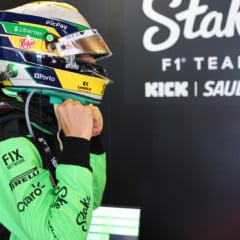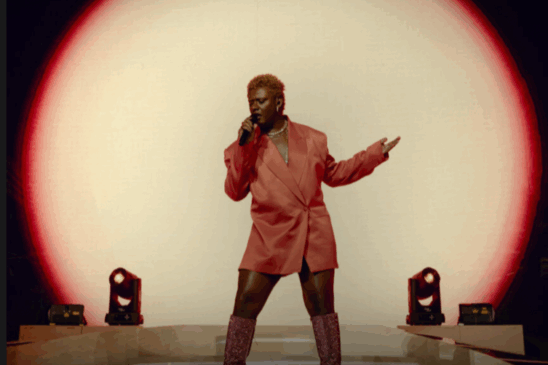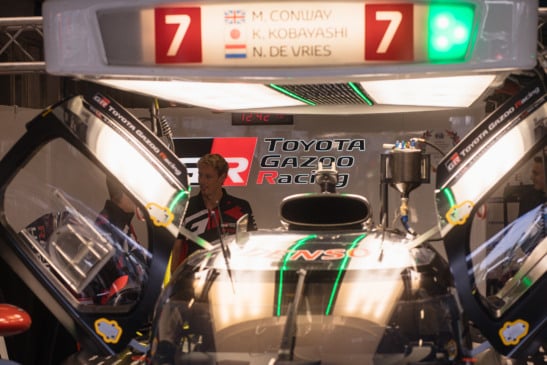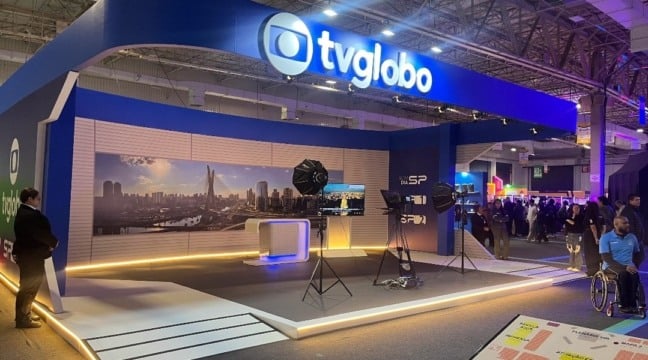The first cerimonial kick of the match of World Cup 14 could be made by a paralyzed teenager who, flanked by two opponent soccer teams, will wander on the field dressed in a robotic body suit.
The project to walk again have the support of non-profit international institutions, such as Duke University Center for Neuroengineering, Technical University of Munich, the Swiss Federal Institute of Technology in Lausanne, International Institute of Neuroscience of Natal Edmond and Lily Safra University of California, University of Kentucky and Regis Kopper from Duke immersive virtual environment.
This began with a research from Nicolelis laboratory using thin, flexible sensors, known as microwires hair, which were implanted in a rat and monkey brain. These flexible electrical prongs can detect electrical signals generated by hundreds of individual neurons distributed throughout parietal frontal lobe of animals – regions that define a vast brain circuitry responsible for the generation of voluntary movements .
Now, with more advances, the candidate kicker will be trained in Virtual Reality to control technology that will eventually allow kick the ball in the World Cup. They will do this through the use of a noninvasive helmet that detects brainwaves.












